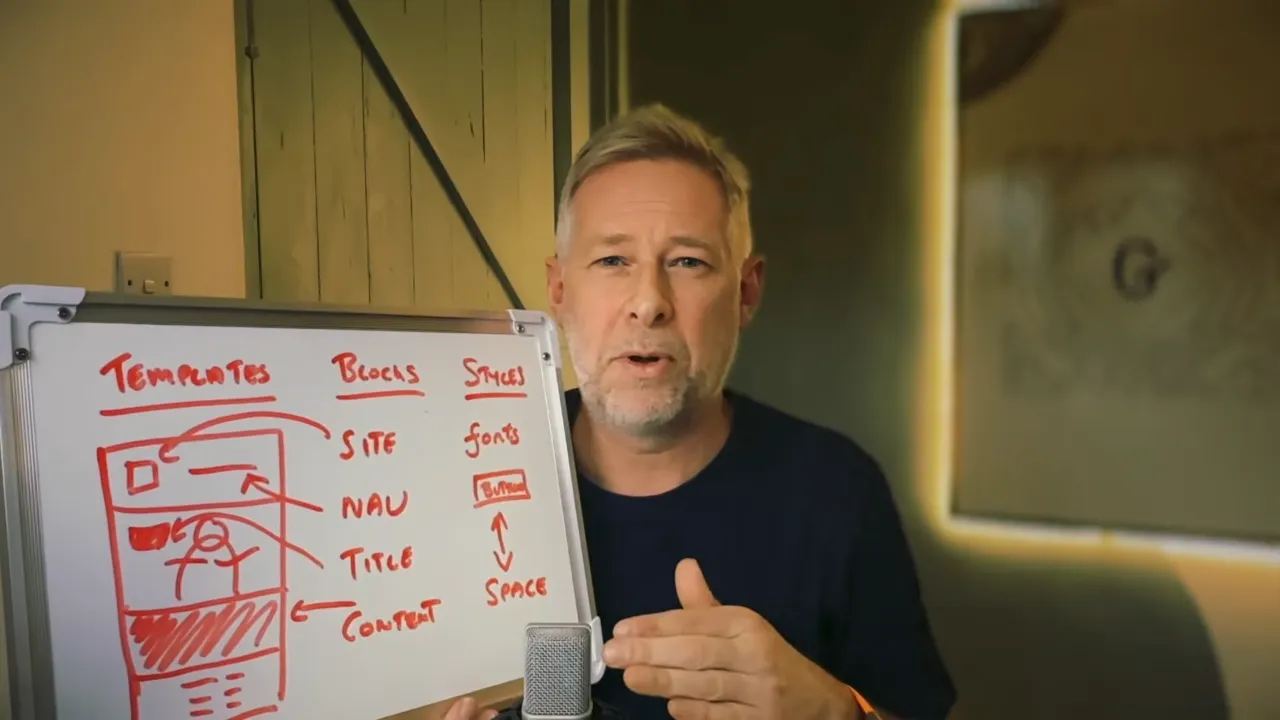Much like constructing a house with a strong foundation, understanding WordPress Block Themes is essential for building a stable and attractive website. This tutorial will explore the core principles of WordPress Block Themes, aiding you in avoiding common mistakes and elevating your WordPress skills.
Prerequisites
Please make sure you have the following installed and activated:
- Gutenberg (or any other Block Theme)
WordPress Block Themes Explained
WordPress Block Themes represent a significant shift in how WordPress handles site design and structure. Unlike traditional themes, Block Themes fully utilize the WordPress Block Editor (Gutenberg) for all aspects of site design, including templates and styles. This integration allows for more intuitive and flexible design processes, especially for users who are not proficient in coding.
Templates
Templates in WordPress Block Themes act as the blueprint for your website’s layout. Imagine them as the architectural plans for different sections of a house, such as the living room, kitchen, or bedroom. Each template corresponds to a specific type of page on your website, such as a homepage, blog post, or contact page. Templates dictate the placement and arrangement of blocks, like headers, footers, and content areas. They ensure consistency and structure across your website, making it easier to maintain a coherent design.
Blocks
Blocks in WordPress are the fundamental units that make up the content of your website. They are akin to the bricks in a building, each serving a specific purpose in the structure of your webpage. With a variety of block types available, including text, images, buttons, and more, you have the flexibility to craft detailed and diverse content. Blocks can be easily added, arranged, and customized within the WordPress editor, providing a user-friendly interface for building your site’s content.
Styles
Styles refer to the aesthetic aspects of your WordPress site, much like the interior design of a house. They encompass the visual elements that define your site’s appearance, including fonts, colors, spacing, and button designs. Styles give your website its unique character and ambiance, enabling you to infuse your personal touch into the design. Through the WordPress Customizer or the Block Editor, you can adjust these styles to create a visually appealing and cohesive look that resonates with your brand or personal style.
How Blocks, Templates, and Styles Work Together
The combination of Blocks, Templates, and Styles in WordPress Block Themes is what makes them so powerful and versatile. Think of it as constructing a house where:
- Blocks are the building materials (bricks, windows, doors).
- Templates are the construction plans (blueprints for each room).
- Styles are the finishing touches (paint, curtains, furniture).
When a user visits a page on your WordPress site, the system dynamically assembles these elements. It selects the appropriate template for the page type, fills it with the relevant blocks (content), and applies the defined styles to create a cohesive and attractive page. This modular approach allows for immense flexibility and creativity in web design, enabling you to easily update the design (template and style changes) without altering the content (blocks). It simplifies the process of managing and updating your website, ensuring both functionality and aesthetic appeal.
Official Documentation
WordPress Block Themes – Conclusion
Mastering WordPress Block Themes is akin to learning the art of building a robust and beautiful house. By understanding the foundational principles of Blocks, Templates, and Styles, you can construct a WordPress site that is both functionally sound and aesthetically pleasing. Embrace these concepts to unlock the full potential of WordPress Block Themes and elevate your web design journey.


